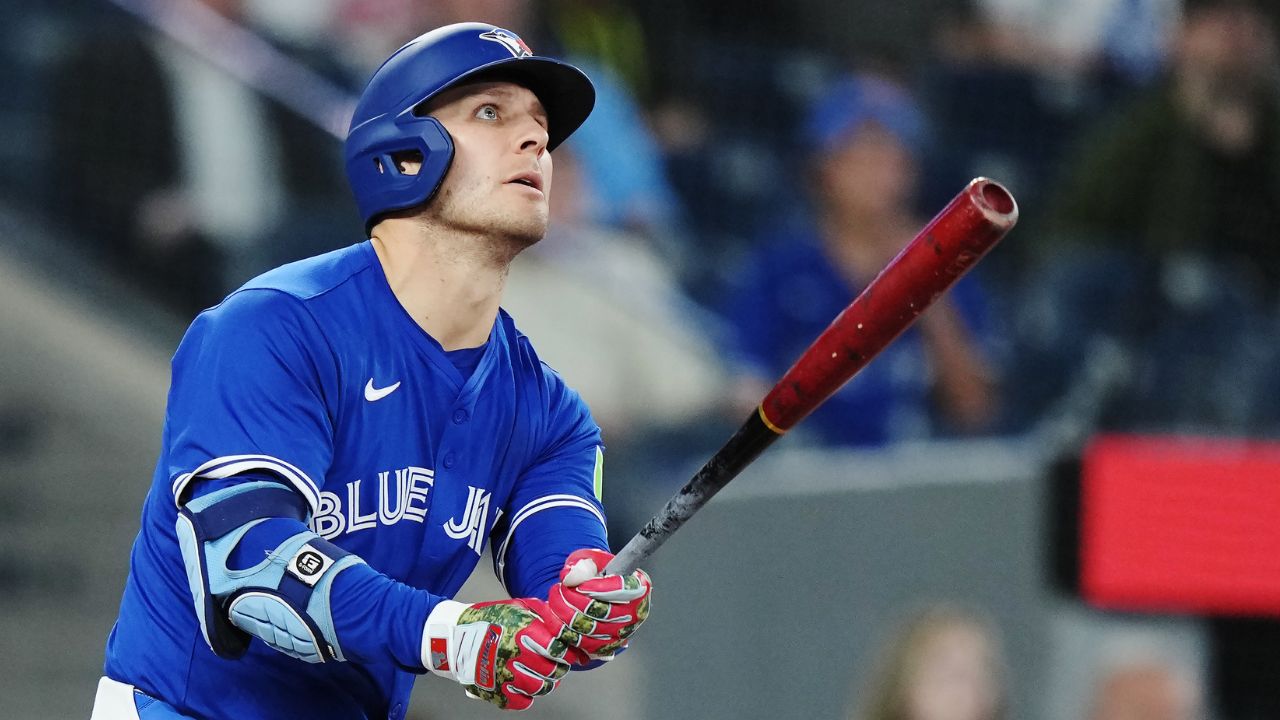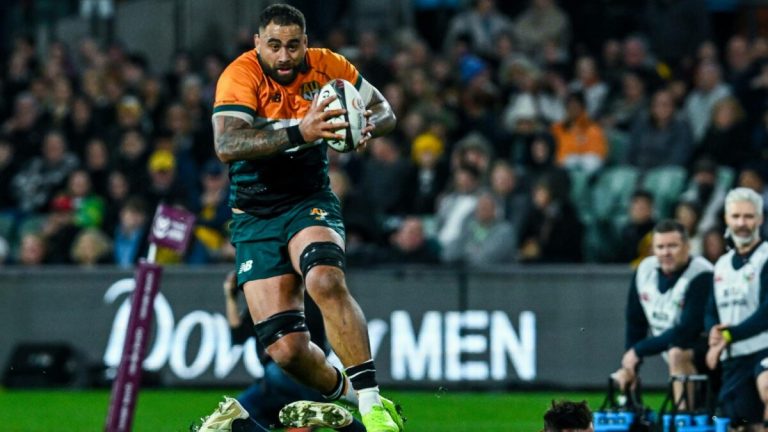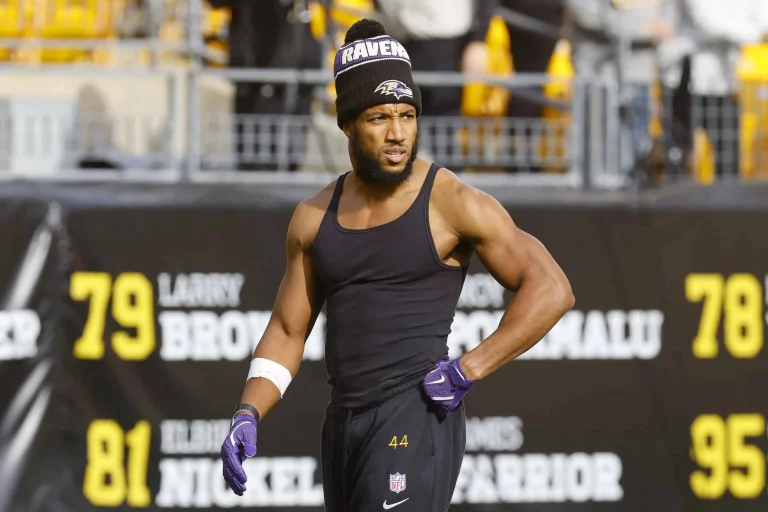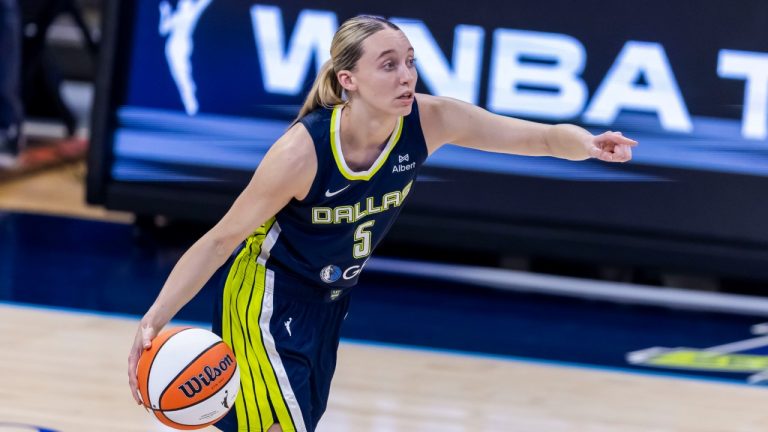TORONTO — Over the winter, as David Popkins began building relationships with his players and Daulton Varsho recovered from shoulder surgery, the new hitting coach took a deep dive into the Gold Glove centre-fielder’s swing. While reluctant to share too many details, he approaches the process like a detective on a case, examining every swing a player has taken to discern the physical commonalities when he is moving well and when he is struggling, identifying which elements form a batter’s ideal foundation in the box.
“Every time a player has success, there are typically clues that are left behind — success tends to do that,” Popkins explains. “And it’s trying to see in these multiple windows in different time periods, how has he moved and are the moves similar? Like, hey, when he moves really small into his back-side, it’s been good this year, this year and this year. Completely different swings, but the same movement. You collect as many of those as you can, and you see the starting point that’s natural to him.”
It’s in that process that the seeds of Varsho’s power surge since returning from the injured list — six homers and three doubles among his 12 hits in 14 games — were planted, and a wider progression for the Blue Jays’ entire hitting program is taking place.
The Varsho study revealed that the 28-year-old produces best when his bat remains vertical as he loads up for his swing, allowing him to better keep his bat above the ball and reach more pitches. Last season, it flattened out too much, leading to a swing plane that often ended up under the ball.
So far in 2025, in a sample of 57 plate appearances that’s notable but too small to draw definitive conclusions from, his average exit velocity of 93.2 m.p.h. is nearly six miles an hour above his career rate, he’s set a new exit velocity high at 113.9 m.p.h., has a sweet-spot percentage of 38.2 per cent that’s six per cent better than his career mark and a hard-hit rate of 50 per cent, a major jump from his 36.5 per cent average.
There have been trade-offs — his strikeout rate of 36.5 per cent is nearly 11 per cent higher than his average, while his 5.3 per cent walk rate is down more than three per cent — but Varsho feels he’s more able to get his “top hand to work above the baseball” which helps “my swing generally stay in the zone for a longer time.”
In turn, that gives him “little things that you manipulate to try to get to that feel,” so he’s “able to go A-to-B and be basically short and quick” to the baseball.
Those fundamental changes are why manager John Schneider believes the damage Varsho has produced is more sustainable than hot streaks in years past.
“It’s just allowing his barrel to be a little bit more accurate,” says Schneider. “I know Spring Training is tough to gauge, but you kind of saw it there, and guys figure out things at different times. I’m not comparing him to Jose Bautista, but I think that’s the one that jumps out as you figure something out mechanically, and it just gives you a better shot every single time. So, I think that Varsh is still like an untapped resource offensively. He’s got all the all the traits that lead you to think that he’s going to be really damn good and I think he’s starting to get there.”
The way he’s getting there is also important for a Blue Jays team that remade its hitting department over the winter, led by the hirings of Popkins and assistant Lou Iannotti.
Not only did Popkins arrive as a fresh voice, but with the Minnesota Twins, he helped develop a motion-capture process and reporting tool, and he brought that know-how to the Blue Jays. He’s since worked with the club’s bio-mechanics department, “who did a great job making that very quickly, starting to catch us up to where we need to be.”
The foundational elements to measure movements were already in place when he was hired in October, but the Blue Jays “didn’t have it in a concise report that we could use right away,” he says. Now, they are producing movement reports tracking “certain markers that we think are important in the swing, checking things and making sure the movements are staying on the right path and if things are changing without us seeing it with our eyes.”
They’re not done developing, either, with Popkins saying the pace at which the bio-mech staff has made progress “is going to get us to a really good point in the future.”
Equally important, of course, is how that information is presented to players, and on that front, Popkins is meeting players where they’re at. If they want biomechanical scans, swing trails and reams of data, no sweat. Or if they want more traditional video, all good, too.
“We’ll ask them what they have and what their thoughts are and how we can guide them back to where they need to be — it’s not always us leading, sometimes it’s us collaborating,” says Popkins. “Daulton was more video, talking it through with him, and connecting his feels to the video is what’s really important for him. That’s how he learns. That’s how he likes to be taught.”
What also helped Varsho lock in some of those feels was the limitations on what he could do because of his shoulder rehab.
He only received clearance to start taking half-swings in January, forcing him to slow down and build some muscle memory with his bat vertical and hands above the baseball, which “helped me understand, OK, that’s all I need to do in the game.”

-
MLB on Sportsnet
Watch the Toronto Blue Jays, Blue Jays Central pre-game, marquee MLB matchups, Jays in 30, original documentaries, the wild card, divisional series, championship series and entire World Series on Sportsnet and Sportsnet+.
“I didn’t have the strength to just take a full-on swing,” he continues. “So I was like, how can I go A-to-B, be short and direct and square up the baseball? I slowed myself down and slowed my brain down to be able to do that. That’s gotten me back to who I was when I was a young kid, going A-to-B trying to square up the baseball. You’re not trying to take a big swing and hit a homer. It’s helped me be more simplified. …
“If I’m able to do that, I’m able to cover a lot more pitches,” he adds, “because the minute that you get longer is the minute that my barrel loops underneath and I don’t have a lot of success.”
Right now, Varsho is having a lot of success, making essential contributions to a lineup that’s needed them, leveraging the tools of the hitting department working to make up lost ground, as well.






